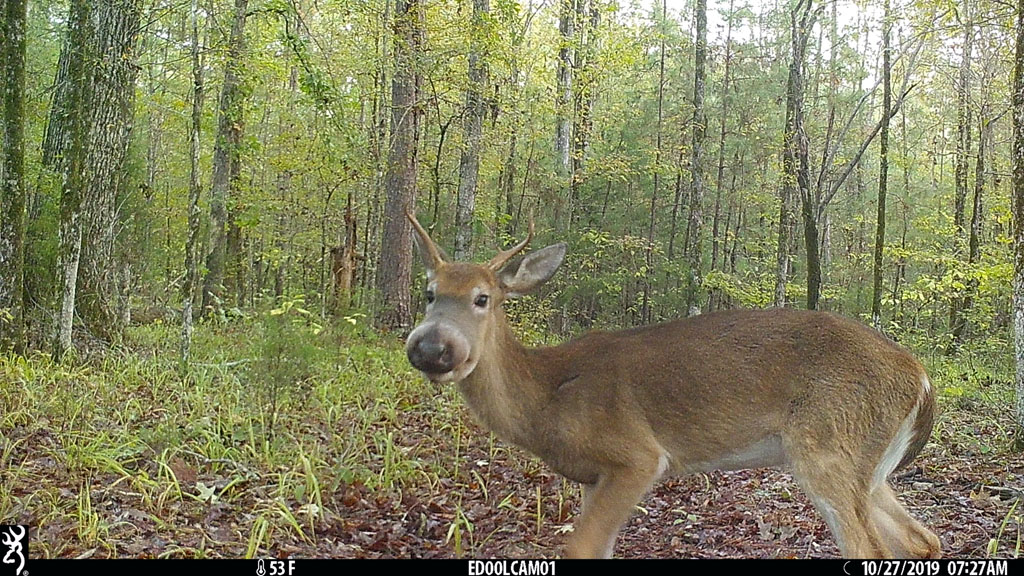by John Jefferson
Raise your hand if you know who “Bullwinkle” is/was. I had to call up Google and my son, Dan, for help. I thought Bullwinkle was a cartoon dog. And I wondered if readers would understand why someone decided to name an infected deer with a big nose by the name “Bullwinkle deer?”
Danny said many readers would remember the cartoon show, “The Adventures of Rocky and Bullwinkle.” Others would have seen recent Geico commercials featuring the two cartoon characters with the Geico gecko. Once you recall the cartoon moose with the elongated, fat, snout, an infected deer with a swollen nose becomes inevitably nicknamed.
But the disease is still weird. A recent article by Lindsay Thomas, Jr. on the Quality Deer Management Assn. (QDMA) website entitled “A New Clue in the Unsolved Mystery of Bullwinkle Deer” sheds light on it, although scientific research hasn’t yet answered all the questions.
First, let me tell you who QDMA is if you don’t already know. The Q stands for “Quality”. That can include “trophy” bucks, but QDMA is more concerned with sustainable, high-quality deer populations, wildlife habitats and ethical hunting experiences through research, education, advocacy, and hunter recruitment. Since its inception in 1988, it has grown to over 60,000 members, some in every state. Its ethical and professional standards have earned it the highest respect. QDMA blends the art of hunting with the science of management. As former director of the Texas Chapter of The Wildlife Society – a science-based, professional organization — when QDMA speaks, I listen.
Lindsay Thomas’ article cites Dr. Kevin Keel, a wildlife disease expert, formerly at the University of Georgia, now at California-Davis. Dr. Keel and researchers examined 27 Bullwinkle deer from 14 states. It’s comforting to know that none of the infected deer were from the same location. They were scattered. There was no epidemic. Seemingly, it is not passed from one deer to another.
The reported deer came from a wide swath of America ranging from California to Georgia and up north to Minnesota.
Dr. Keel’s study included deer from age 6 months to 5.5 years. All but two were taken by hunters. The study determined that the deer were infected by a bacterium called Mannheimia granulomatis in the affected area, causing the moose-like nose swelling.
According to the study, the malady is not soon fatal to the diseased deer. Some were seen over several years. But, although it’s not a sudden death cause, many of the deer seemed to be struggling nutritionally, which could make the deer more likely victims to other diseases, predators, or extreme weather.
TPWD wildlife biologists, Alan Cain and Ryan Schoeneberg, both replied to my questions about Bullwinkle deer in Texas. Ryan received one report of a possible Bullwinkle, but no photo accompanied it, thereby rendering it unconfirmed. Cain, TPWD’s white-tailed deer program leader, added that if an infected deer were harvested by Texas hunters, it shouldn’t be eaten.
If you should see one, though, take good pictures and contact TPWD.
JJ






